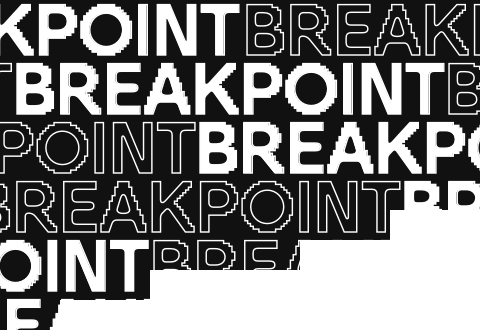One day, untold insights
Get inspired with keynotes and presentations covering the following six themes across technology, culture and design.
Theme
Tomorrow’s transformational technologies
Blockchain, AI, autonomous transportation – how do we look past the hype to create practical solutions?
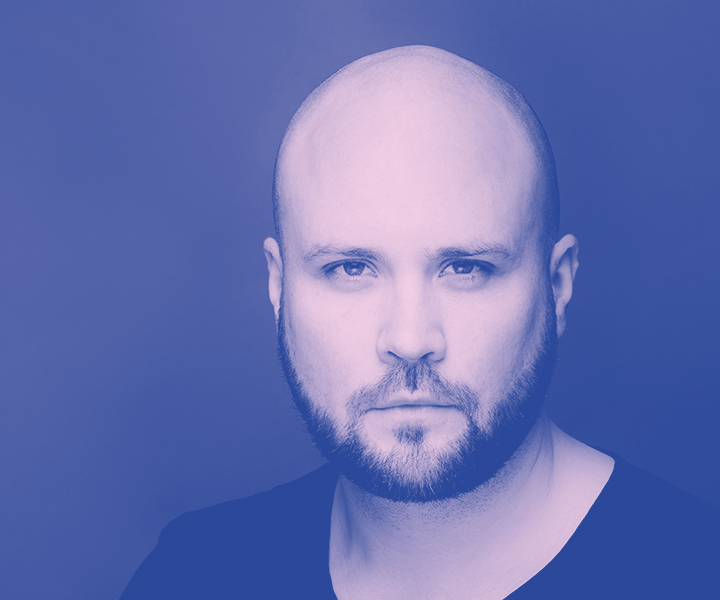
What are the critical success factors for governments and corporations?
Jamie discusses why Outlier Ventures invest and partner with the communities that will create this new equitable economy, driving the mass decentralisation of the web and challenging the existential threats from evolving data monopolies.
The talk also looks at the growing competition with the current enterprise leaders in the space and the parallel innovation in governments, exemplified in China and India. Finally, there is an assessment of what more still needs to be done holistically, to move away from proprietary models and enable anyone, anywhere, to birth a digital economy and program it with game theory, changing the rules of the game.
Watch on Youtube 
Do you really need a token? A realistic examination of Blockchain and its intersection with marketing
For many, blockchain has created the latest Internet gold rush. The frenzy has come and gone, but the technology remains. So what can we really do with it? At the same time, a core question that every cryptocurrency investor and blockchain project should ask is: does this project really need a token?
In this talk, Mike King addresses those burning questions through a framework through which every blockchain project should be reviewed and makes predictions on what use cases of the blockchain will revolutionize digital marketing as we know it.
Watch on Youtube 
Artificial intelligence: dystopia, utopia and human creativity
We are at the dawn in Artificial intelligence era. At one end we have already AI enabled solutions that we use daily (like Google, Spotify, Facebook, Amazon, Siri, various mobile games, Netflix, Areena, K-Ruoka, various medias like Helsingin Sanomat etc.) and on the other: we don't know at all what are the solutions and what they solve in the future, we just know that the potential is huge. At the same time the whole concept of AI is fuzzy and the most of us need better understanding on the topic. Let's explore this together!
Watch on Youtube 
Bad weather - good autonomous vehicles
Nobody denies that autonomous vehicles (AVs) have the potential to make our traffic safer and more efficient. However, weather plays a critical role in the performance of AVs. During heavy rain, fog, or snow, most of the current AVs and ADAS sensors and algorithms function very poorly, if at all.
Varying weather causes a new level of problems for AVs when it comes to perception, mapping, and dynamic control. This is especially relevant when we are ready to consider giving AVs full control over our daily mobility needs. After all, who would invest in a fleet of taxis if the driver is incapable of driving during the rainy season?
As autonomous vehicles are not limited by the narrow frequency of visible light, their vision can be enhanced by using a full spectrum of sensors. The solution to SAE L4-L5 snowtonomous driving lies in using smart sensor fusion supported lidar to enable true self-driving.
Watch on Youtube 
Future of mobility – Fireside chat
The future of mobility will be made up of cars, trains, and buses as we know them today. But new forms of transportation are also emerging. They are individual or shared and can not be categorized with any of the transport means we have now. The drivers of our future mobility are urbanization and an urgent need to ease traffic and reduce emissions. Digitalization, automation, and electrified powertrains are part of the solution.
In our panel discussion, we will hear from autonomous vehicle technology provider Sensible 4 and MOIA, the mobility service company of the Volkswagen Group. Also with us onstage is MaaS Global, the creator of the Whim App and inventor of the term "MaaS", mobility as a service.
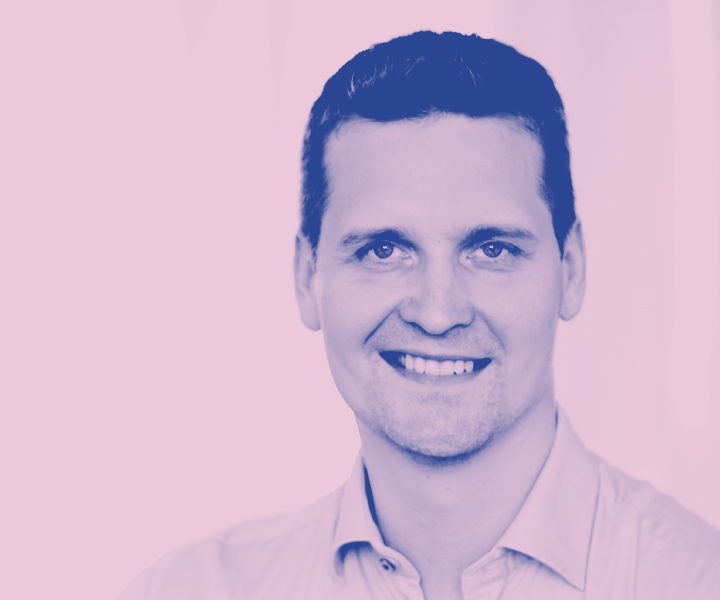
Future of mobility – Fireside chat
The future of mobility will be made up of cars, trains, and buses as we know them today. But new forms of transportation are also emerging. They are individual or shared and can not be categorized with any of the transport means we have now. The drivers of our future mobility are urbanization and an urgent need to ease traffic and reduce emissions. Digitalization, automation, and electrified powertrains are part of the solution.
In our panel discussion, we will hear from autonomous vehicle technology provider Sensible 4 and MOIA, the mobility service company of the Volkswagen Group. Also with us onstage is MaaS Global, the creator of the Whim App and inventor of the term "MaaS", mobility as a service.

Data science and AI in the real world
Johan will demonstrate how you can use basic machine learning to understand differences between narratives of political parties, based on natural language, open data from a voting advice application in Finnish elections. We will even ponder some ethical and methodological issues arising in machine learning!
Then you’ll see how similar algorithm is applied to completely different data in a full blown recommendation engine! Let’s hear out how this worked in the real world at YLE the Finnish Broadcasting Company, and what it took in addition to machine learning algorithms.
Watch on Youtube 
Blockchain - Fireside chat
Discussion between different viewpoints: private, public. What are the use cases for both, what are the common factors and what sets these apart. Not trying to look for who's right or better. The point is to find out the different aspects and mediate a good discussion between "opposing" parties.
Participants:
- Teemu Alasaarela (Inbot)
- Akseli Virtanen (Economic Space Agency)
- Ville Sointu (Nordea)

Blockchain - Fireside chat
Discussion between different viewpoints: private, public. What are the use cases for both, what are the common factors and what sets these apart. Not trying to look for who's right or better. The point is to find out the different aspects and mediate a good discussion between "opposing" parties.
Participants:
- Teemu Alasaarela (Inbot)
- Akseli Virtanen (Economic Space Agency)
- Ville Sointu (Nordea)

Blockchain - Fireside chat
Discussion between different viewpoints: private, public. What are the use cases for both, what are the common factors and what sets these apart. Not trying to look for who's right or better. The point is to find out the different aspects and mediate a good discussion between "opposing" parties.
Participants:
- Teemu Alasaarela (Inbot)
- Akseli Virtanen (Economic Space Agency)
- Ville Sointu (Nordea)

Blockchain - Fireside chat
Discussion between different viewpoints: private, public. What are the use cases for both, what are the common factors and what sets these apart. Not trying to look for who's right or better. The point is to find out the different aspects and mediate a good discussion between "opposing" parties.
Participants:
- Teemu Alasaarela (Inbot)
- Akseli Virtanen (Economic Space Agency)
- Ville Sointu (Nordea)
Tommi Joentakanen from Reaktor will host the discussion.
Theme
Applying bleeding edge technology
A deep dive for hardcore developers into everything from JavaScript to Rust to PureScript.

A Case for Oxidation - The Rust programming language
For almost five decades, we've built core systems software in unsafe languages like C or C++. Four of these decades can be excused as no alternative existed that matched these languages in performance and control. In the last decade, however, Rust, a programming language sponsored by Mozilla Research, has emerged. Rust promises to deliver equivalent or better performance and greater productivity with guaranteed memory safety and data race freedom while allowing complete and direct control over memory.
How does Rust guarantee memory safety without a garbage collector? How does it guarantee data race freedom at all? And, how does it do all of these things while being a comfortable language to work in and write low-level software? This talk answers these questions and more. It also provides concrete, real-world examples that leverage Rust to take these promises further. These examples include Rocket, a web framework for Rust that prevents correctness and web security bugs at compile-time. All together, this talk makes a case for oxidizing software.
Watch on Youtube 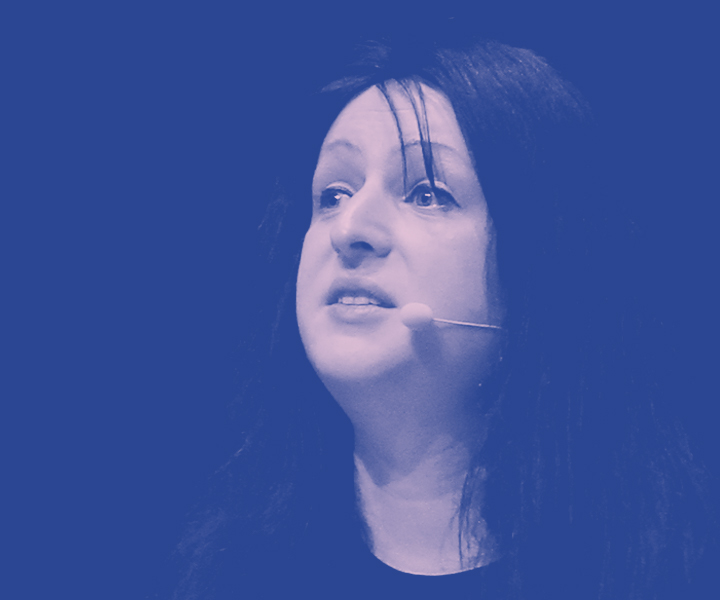
Immutable data structures and why you want them
There's a discrepancy between the careful attention to mutability and immutability in Rust itself and the data structures available in the standard library. The only way to update a Vec with an immutable ref is to clone it first, which could get expensive. But what else can you do?
Turns out there's a number of data structures out there that make it cheap and easy to do immutable copies and updates. Some are so simple it's ridiculous, some are anything but, and we're going to dive into some of the more useful ones, how they work, why you should care, and how to best implement them in Rust.
Watch on Youtube 
JavaScript and self-deception: why TypeScript is not enough
JavaScript is often derided for callback hell and for quirks around equality, number handling, type coercions and the "this" keyword. This is largely a straw man argument. Developers work around these shortcomings through conventions, tools, and libraries and problems caused by these kinds of quirks come up infrequently. This talk instead aims to explore the best ways that I know how to write JavaScript- using good conventions, using functional libraries, using types, using promises and immutable data- and motivate PureScript as a way of pushing the limits and bringing development in the JavaScript ecosystem to the next level.
Watch on Youtube 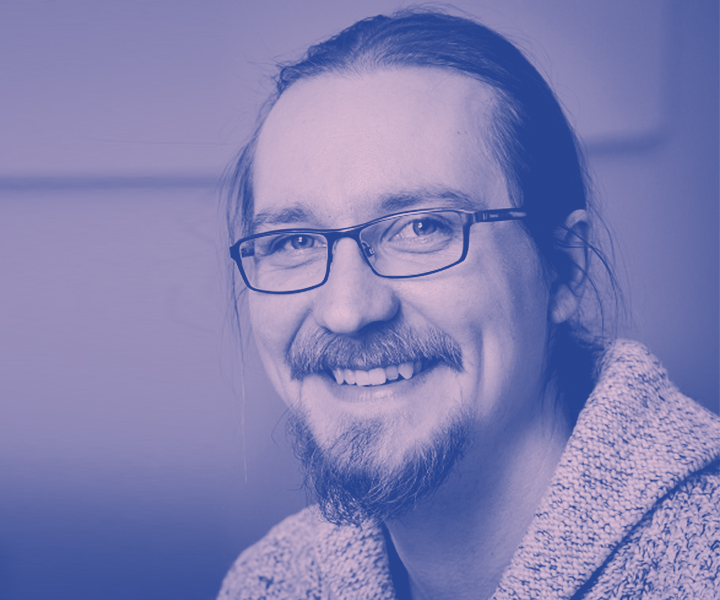
Machine Vision in Industry 4.0
Watch on YoutubeTheme
Design in changing times
Flux of new interaction paradigms and technologies. Creativity and AI on crash course. Designer’s seat at the table.

Designing the future designer’s toolbox
One of the founding ideas of pioneering media theorist Marshall McLuhan was that “we shape our tools and then our tools shape us”. In today’s digitally-mediated world, the shape of design and the role of designers in the creative process is very different to what it was even just ten years ago. As our design tools are beginning to understand more of our intuitive human knowledge, they have the ability to either automate our decisions away from us or become more intelligent collaborators in an enhanced creative process. How might our role as designers change in this computationally-mediated future and what tools will we need in our toolbox?
Journeying through the history of computational design and the opportunities and challenges of our artificially intelligent future, this talk will consider the various approaches we have for digitally-enabled creativity today and how we can better design the interactions with our tools to shape the creative future we desire.
Watch on Youtube 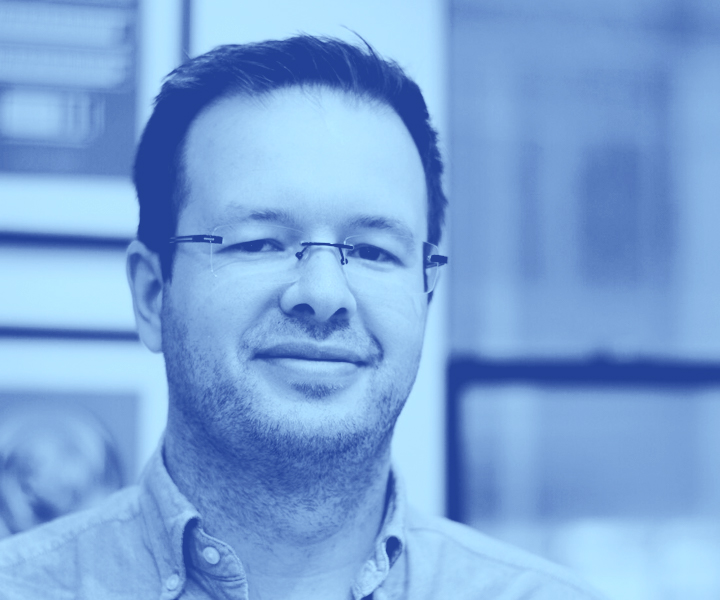
The rise of voice, and how to design for it
Right now voice assistants are on the rise, but they can be... well... hit and miss. As all the big players are heavily investing in commoditising voice UI, let’s suppose they’ll be much more ubiquitous in the near future.
What does that mean for technologists? Will screen UI even be required? Should we be changing our workflow or strategy now? In this talk, Ben will look at the current capabilities of Voice UIs, what’s next, and how we might design for a voice-first future. If you’re lucky, he’ll try an amusing but foolhardy live demo of how to fake a voice UI .
Watch on Youtube 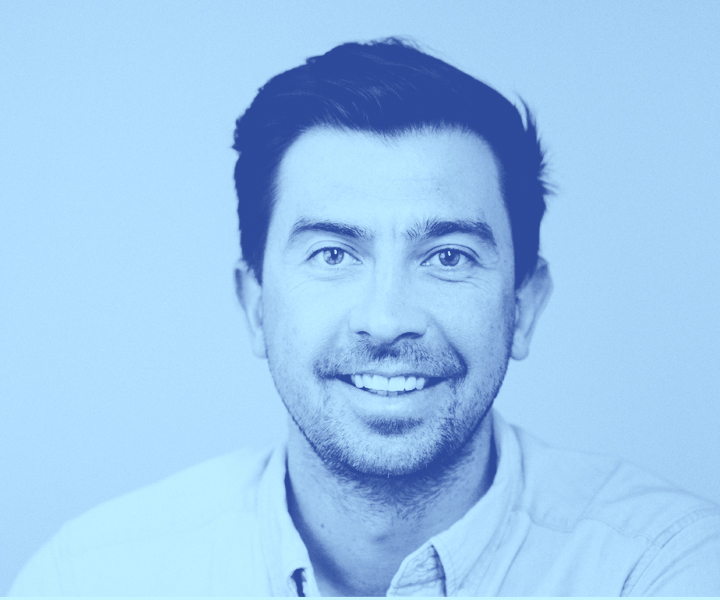
In conversation: design as a business tool
Che Douglas will join Reaktor's Creative Director Hannu Oksa in a conversation, to discuss his journey from running an agency to running global design teams within a heralded organization, and how to use design as tool to drive business.
Watch on Youtube 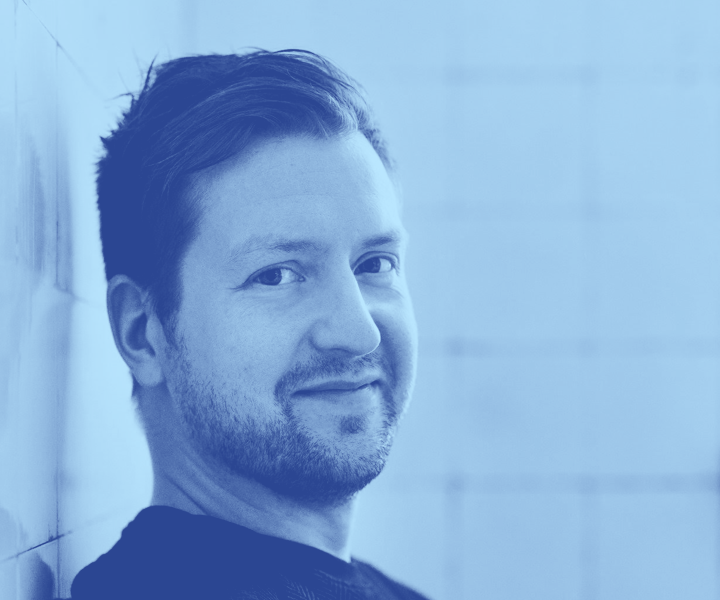
The future of the automotive interface
The way we interact with the automobile and treat it as a commodity has not changed much since the first cars rolled out of factories more than 100 years ago. But the car is in a transition phase from something we all know well to something a bit more unexpected.
This change is driven by new technologies and manufacturing methods, advanced materials, improved connectivity, changing legislation, the urban landscape, new ownership models and more.
All these aspects will reshape the car as we know it. How will we control the car from the inside or outside? How will the car react to its surroundings? How do we make passive elements in a car more active? New drivetrains and higher levels of autonomy are driving major changes to everything from overall structure and architecture to the tiniest of details.
Watch on Youtube 
Creative clarity: finding focus in the midst of ambiguity
Creativity is the key to addressing ill-formed business threats, for putting shape around poorly defined market opportunities. A creative organization is ready to handle the innovation challenges of greenfield markets, to take on the reimaging challenges of shrinking market share, and to best the misalignment challenges introduced by running fast and loose. But bringing creativity into your company feels like adding to the mess, not fixing it. Creative processes feel wild and unpredictable – and so do the people doing the creative work. We hire creative talent, but we don’t have a lot of well-formed frameworks for managing them or their work.
Design thinking offered us a starting point, as it gave us tools like empathy to help drive innovation. Lean and the lean business canvas tells us to run really fast and pivot left and right and left and right. But many of us have started realizing the limitations of design thinking and lean, because after doing a lot of thinking and pivoting, we still have to do a lot of doing. We don’t have the skills to bring the mess into focus.
In this talk, participants will learn about finding creative clarity. First, it’s about having a vision and choreographing a creative strategy – envisioning a crisp future even among the blurry business landscape. Next, it’s about growing a team that includes those creative unpredictable outcasts, and giving them the space to produce amazing work. Third, planning the work takes process, but not a process characterized by boring stage gates or stale gantt charts. It’s an iterative process of conflict, resolution, and trust. Finally, it’s about actually delivering creative new products and services that bring everything into focus.
Watch on Youtube 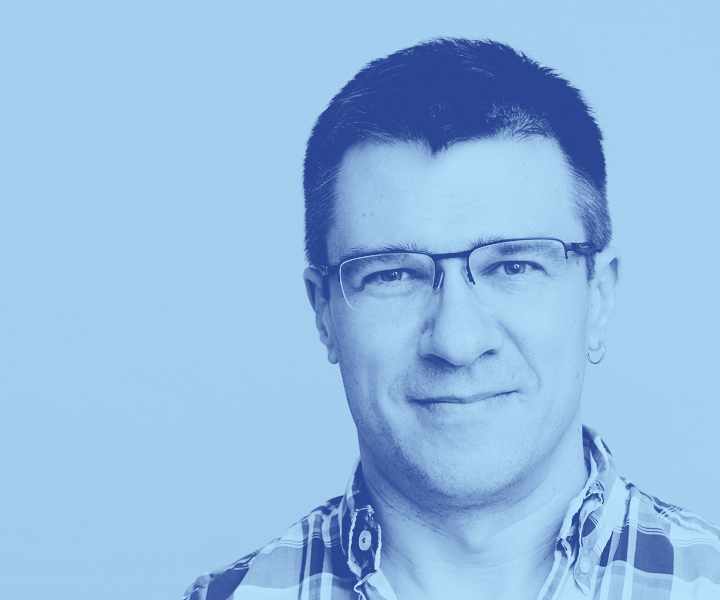
Simple software by avoiding design
Simple software tends to be easier to use than complex software because it does less things. But supporting new needs typically makes software increasingly complex over time. How can a designer, looking to help the users’ in all ways possible, help slow this growth of complexity?
One way is to avoid doing design altogether. Instead of designing something fancy, offer less support – or even no UI at all.
Watch on Youtube 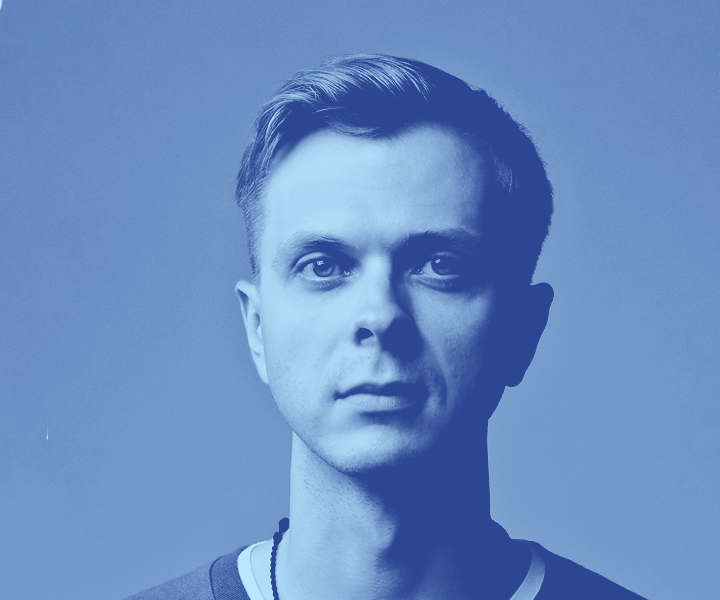
Too much process in your design process
What to do when your meticulous design process hits a snag? Or when you follow every step and still don't reach the intended outcome?
Processes are integral to how we work, navigating us through ambiguity. However, strict processes can also weaken our ability to deliver if we're unable to respond to change.
Whether in the upstream or iterating on nitty gritty details, hear how principles commonly adopted by agile software development can help you continuously learn and improve your work.
Questions:
1. How to overcome obstacles in your design work and learn from failures?
2. How to increase your and your team's adaptability to respond to change?
3. How to adopt and work with flexible guiding principles instead of strict processes?
Watch on Youtube 
Design better services with data
In his talk Justus talks about some surprisingly simple ways that help us design great digital services. You learn how to avoid being a psychotic ice-cream salesman and how not to shoot your foot when looking data. In the end you are armed with questions and tools that turbocharge your capabilities in using data in design.
Watch on Youtube Theme
Our relationship with technology
Find out the impact that technology has on our society – and how our devices shape us.

Reverse-Engineering Gameboy Hardware
Do you remember the popular Game Boy handheld consoles from the 90s? Did you play Pokemon on real hardware or perhaps with an emulator running on your Pentium II PC? Game Boy emulators have been available for a long time, and almost all officially released games are playable with them today on a multitude of devices and platforms. However, even almost 30 years after the launch of the original Game Boy, there are hardware edge-cases that are still poorly understood and not emulated correctly. In this talk Joonas explains how he attempts to fill the gaps in our collective knowledge about Game Boys, and shows how much a determined hobbyist with access to modern electronics can achieve in the field of retro hardware research.

The Game of Drones
As drones start buzzing above our heads, our future is fuzzing. The increasing use of autonomous drones is both exciting and frightening. The success and acceptability of such devices will depend on how well they will be able to communicate with people. How will people be able to make sense of a drone’s intentions and abilities? How will drones respond to people in complex situations? At the intersection between technology and design, I will discuss various techniques and methodologies to prototype and test human-drone interaction. In particular, you will learn how drones can be thought of as companions with emotions that people would even want to pet.
Watch on Youtube 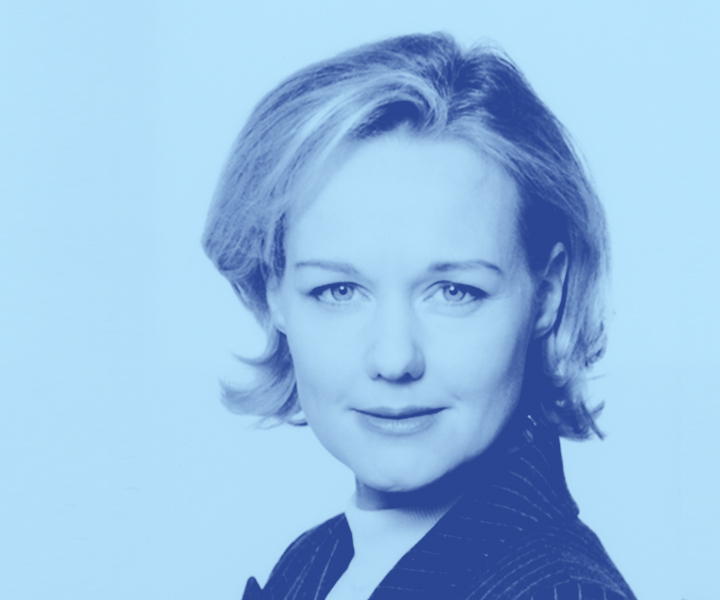
"Black Mirror" society is already here (or is it?)
We're all cyborgs, whether we admit or not. Let's take a look at cyborg societies and how we can design better ones. Sari will discuss how happiness and ethics relate to AI, how peace relates to AR/VR, how the law needs to adapt to the rise of cyborgs and robots, the future of identity and reputation and whether we can save the world with blockchain technology. Find yourself in the position to design the future for the mankind!
Watch on Youtube 
Reclaiming control! Negotiations on the places of mobile technology in daily life
Networked digital devices have become fundamentally intertwined in people’s daily lives. This talk presents results from a case study that examined how the softwarization of everyday life is experienced by users who describe their relation to their devices as intense. The research design consisted of media diaries and trackers installed in participants’ smartphones and computers. These were used as stimuli in the interviews to enable reflection on the role of ICTs in daily life. Results show how the complex intertwinement of digital devices and applications in the everyday evokes manifold feelings. Simultaneously, technology is perceived as an aid in organizing and managing the everyday, but it also induces feelings of losing control, chaos, and burden. It is presented how users actively negotiate their relation to devices and applications based on these feelings.
Watch on Youtube 
Unlocking the human factor: The anatomy of future services
In a world of increasingly sophisticated digital services, how can we make sure that we reach a genuine understanding of the user experience? With the opportunity of creating fluid, seamless experiences - integrating to our environments and bodies, climbing out of our screens and onto various surfaces - also comes great challenges of identifying new forms of user value. With disruptors increasingly looking at tapping into emotional value creation, designers need to level-up on their methods for reaching deeper human insights. What does this mean in practice? And what kind of approaches will help us to stay relevant in the future, too?
Watch on Youtube 
The bright future of cars and mobility
“I believe the auto industry will change more in the next five to 10 years than it has in the past 50.”
-Marry Barra, CEO of General Motors
How we move from place to place and handle our logistics is changing. Urbanization and an ever growing amount of cars on our roads is leading to traffic jams and pollution problems in our cities - not to mention their effect on global climate change. We need to fix this.
The future of mobility focuses on car technology, autonomous vehicles, and mobility services like MOIA and WhimApp. New cars also need new design and new manufacturing methods.
The future of mobility is also disrupting a market we considered to be stable and mature. Mobility is a huge business opportunity for companies of all size.
Watch on Youtube Theme
Improving collaboration culture
How teamwork and company culture support creative thinking and deliver better results.

The main purpose of source code is communication
The amount of software today is huge, and we read the code more than we write it. We change it, we rewrite, and we refactor. So, we shouldn't focus on getting computer to understand the code, but instead getting our team to understand what we wanted. Stop writing code with no informational value, and make it better in communicating.
Watch on Youtube Theme
Scaling up to the big leagues
Avoid the common pitfalls when scaling up when using cloud infrastructure.

Doesn’t look like anything to me: migrating the HBO streaming platform without anybody noticing
The HBO GO streaming service began life as a set of heterogeneous clients supported by a monolithic java service. Over time, this proved difficult to maintain, update, or scale to increasing traffic. The next iteration was a set of clients with a shared core, supported by a collection of microservices. This iteration was much more resilient and easier to maintain, but required a complete migration from the old to the new. The HBO NOW streaming service began life outsourced to a vendor and similarly had to be migrated onto the HBO platform. Our goal for both of these migrations was a seamless user experience; ideally, no user would notice that anything had changed. In that, we largely succeeded, using very different approaches. In this talk, we’ll outline the problems we faced, the solutions we chose, and some lessons we’ve learned from these harrowing experiences.
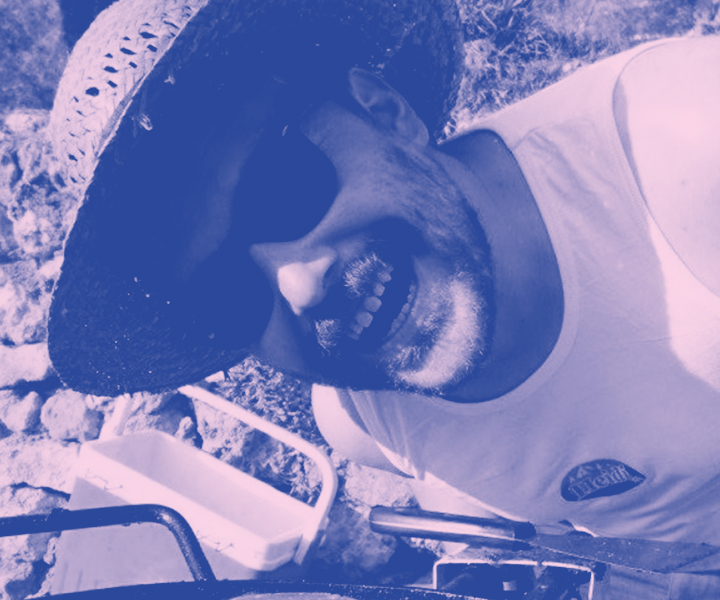
The professional crypto mining tech stack
For the last year Aaron has been managing and building software for a medium sized Ethereum mining farm in Central Europe. The current stack is quite eclectic and constantly in flux. It includes Elixir, Golang, Ruby, Node, a ton of bash and YAML, and even some Raspberry Pis thrown in. A hacker's paradise!
It's been a blast, he's learned a lot, and made a ton of trade-offs. This talk will be an Intro To Crypto Mining mixed with the best parts of the farm's software toolchain. He'll even try to answer the question "Can you really justify using so much electricity!?"
Watch on Youtube 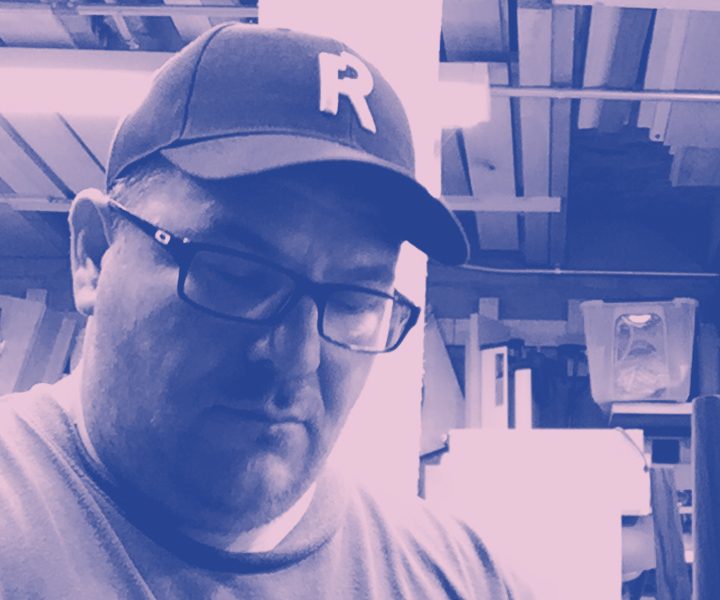
How I broke the infrastructure, and it didn't really matter
At the peak of the busiest time of the year the presenter inadvertently triggers a full reboot of all machines in the infrastructure. This presentation shares how the design of the service architecture, automation and pessimistic attitude to infrastructure reliability ensured no customers, engineers or applications were adversely affected or even noticed.
Watch on Youtube 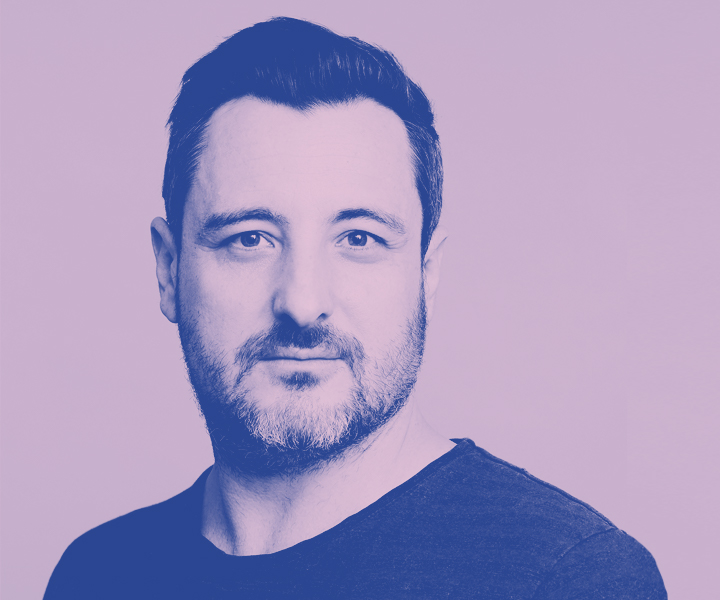
Data engineering: the new old thing
Data Engineering suffers from an existential crisis. How does it fit into the modern environment amongst devops and software engineering and it’s often confused with, more attractive cousin Data Science?
Steven Spencer shares his past lives as a Software Engineer, hip startup coder and vitamin D challenged basement data-center dweller in an attempt to boil data engineering down to its core elements. In doing so, he discovers Data Engineering is hybrid of many disciplines, and at best a gateway drug to artificial intelligence.
Watch on Youtube 
A Case for Oxidation - The Rust programming language
For almost five decades, we've built core systems software in unsafe languages like C or C++. Four of these decades can be excused as no alternative existed that matched these languages in performance and control. In the last decade, however, Rust, a programming language sponsored by Mozilla Research, has emerged. Rust promises to deliver equivalent or better performance and greater productivity with guaranteed memory safety and data race freedom while allowing complete and direct control over memory.
How does Rust guarantee memory safety without a garbage collector? How does it guarantee data race freedom at all? And, how does it do all of these things while being a comfortable language to work in and write low-level software? This talk answers these questions and more. It also provides concrete, real-world examples that leverage Rust to take these promises further. These examples include Rocket, a web framework for Rust that prevents correctness and web security bugs at compile-time. All together, this talk makes a case for oxidizing software.
Watch on Youtube 